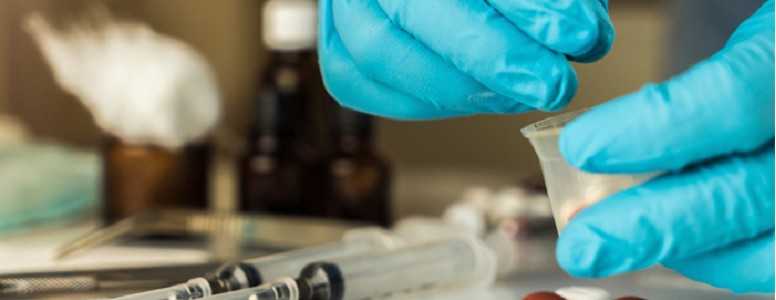A protein that helps with the careful division of cells seems to play, researchers unexpectedly uncovered, a vital part in regulating blood glucose levels.
The general framework for insulin signalling has long been mapped out, and no new evidence, which could give a brand new insight into the way the body controls its blood sugar levels, has been found for a long time. It was with surprise, therefore, that Dr. Hongtao Yu and colleagues uncovered a new puzzle piece while looking into the way that cell division is regulated.
Insulin sends signals from the outside of the cell into the heart of it via insulin receptors. These signals tell the cells to take up glucose from the blood, thus lowering blood glucose levels. The insulin receptors transmit these signals via two arms which extend outside of the cell. Insulin latches onto these arms and sends its signals.
When the signals have been sent, these arms retract, and are replaced with a new set of arms in a process called endocytosis.
Surprise discoveries
Researchers from University of Texas Southwestern Medical Center were looking into the ways that “spindle checkpoint” proteins help to divide cells. Cell division takes precise timing, otherwise conditions like cancer can develop.
Surprisingly, when looking at mice who had a deficiency of one of these proteins (p31comet) in the liver, the scientists were surprised that instead of developing cancer, they instead developed diabetes.
Further investigation found that these spindle checkpoint proteins affect metabolism. Specifically, they impact those insulin receptors, and without them, endocytosis happens prematurely, and the insulin receptors cannot stay on the surface of the cells.
Without the receptors, it is theorised that the body becomes more resistant to insulin.
Further studies
Dr Yu, who worked alongside Dr. Eunhee Choi on the study, explained: “Our study provides an example of how an entire branch of key regulatory proteins in one important biological process (cell division) can be enlisted to control another biological process (insulin signalling).”
“Similar molecular interactions among these proteins are used in both cases, with remarkable mechanistic parallels,” he continued. He added that these findings may help to expose the molecular underpinnings of type 2 diabetes, potentially pushing forward research.
Future studies are now planned to see whether this premature endocytosis contributes to the insulin resistance of patients with type 2 diabetes.
Information is supplied by a press release from UT Southwestern Medical Center.
What's new on the forum? ⭐️
Get our free newsletters
Stay up to date with the latest news, research and breakthroughs.







